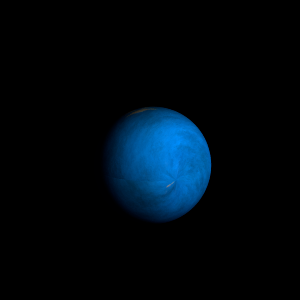|
|
Space Astro
|
Info for exoplanet "Engdenz Wen"
| Scientific (actual) data |
|---|
| Name | Kepler-300 b |
| Planet status | Confirmed |
| Radius | 0.149 |
| Orbital period | 10.4463 |
| Semi major axis | 0.094 |
| Discovered | 2014 |
| Updated | 2021-02-05 |
| Tconj | 2454970 |
| Impact parameter | 0.33 |
| Publication | Announced on a website |
| Detection type | Primary Transit |
| Alternate names | 2MASS J19410928+4835589 b, K01435.02, KIC 11037335 b, KOI-1435 b, KOI-1435.02, WISE J194109.28+483558.8 b |
| Star name | Kepler-300 |
| Right ascension | 295.29° |
| Declination | 48.6° |
| Mag j | 13.113 |
| Mag h | 12.803 |
| Mag k | 12.742 |
| Star distance | 1134.23 |
| Star metallicity | -0.238 |
| Star mass | 0.94 |
| Star radius | 0.9 |
| Star temperature | 5986 |
| Star alternate names | 2MASS J19410928+4835589, KIC 11037335, KOI-1435, WISE J194109.28+483558.8 |
| Wikipedia article | Kepler-300 b |
Back
| |
| Fictional info (?) |
|---|
| Suggested name | Engdenz Wen |
| Planet type | Warm planet |
| The water vapor has probably photodissociated, and the free nitrogen has been swept into interplanetary space by the solar wind because of the lack of a planetary magnetic field. |
| Atmosphere | Nitrogen | 89% |
| Argon | 8.5% |
| Water vapor | 1.7% |
| Atmospheric pressure | 30 bar |
 |
| No known satellites |
| Google search for Engdenz wen |
|
Website by Joachim Michaelis
|
|
|
|